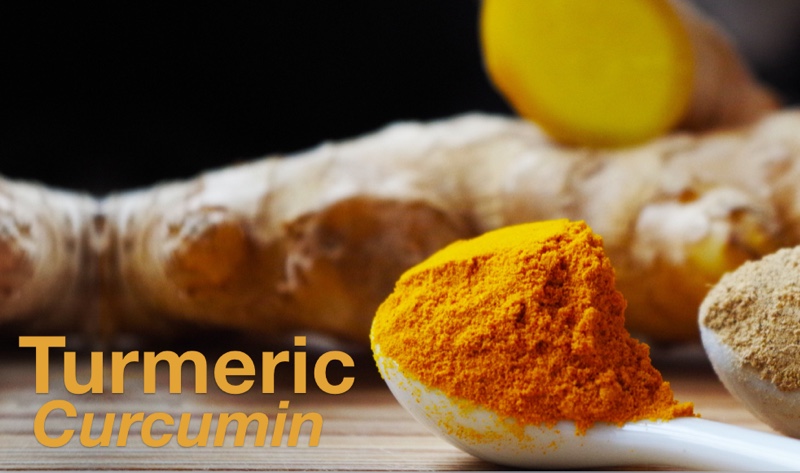What we now know about Arsenic in Rice has developed a lot with recent studies.
Dr Leila Mason shares important information here, especially about how rice selection and cooking methods can help protect your family.
The Arsenic-in-Rice Scare – 5 years on…
Exactly 5 years ago the FDA published a report about arsenic in rice. New laboratory testing methods had allowed them to differentiate between organic and inorganic arsenic. Inorganic is more toxic and this Arsenic in Rice was found in dangerous concentrations. The FDA proposed a limit for infant rice cereals, but not for other rice products.
Arsenic is a naturally occurring metal in the earth’s crust. It gets absorbed by plants. Rice is particularly good at absorbing it, hence the high concentration.
When Unicef installed thousands of water tube wells in Bangladesh to provide access to pathogen-free water, they, unfortunately, did not test the groundwater and did not find out about the high arsenic contamination until a few years later when people started to show arsenic toxicity. This is considered the largest poisoning of a population in history. 10% of the population of the affected areas in Bangladesh is expected to get arsenic-induced cancers. Many more will suffer other ill effects due to the arsenic.
Family Health Priorities
Many of us, especially those with children on gluten-free diets, have been scared by the news that arsenic can cause skin, lung and bladder cancer, type 2 diabetes, heart disease, and possibly neurological problems. The situation is all the more concerning because many children with health and developmental problems are not great at detoxifying. So while healthy people would excrete the arsenic easily, it may accumulate in those who are poor detoxifiers and reach higher levels in the body and cause more problems.
The way arsenic causes its toxic effect is via oxidative stress. Oxidative stress is like internal rusting – the damage done by free oxygen radicals that deplete the body of antioxidants, such as glutathione. The cascade of oxidative stress ends in damage to our genetic material, the DNA, and mitochondria (energy producing factories in our cells).
Removing Arsenic in Rice – and Reversing Damage
Many of the children who go on gluten-free diets, for example, children on the autism spectrum, may have mitochondrial dysfunction which makes it harder to fight oxidative stress. So we are facing a double whammy: children who do not cope with oxidative stress and toxins are on a diet that exposes them to arsenic which is toxic and causes oxidative stress. But do not despair. There is good news.
Researchers have been looking for ways to mitigate the toxic effects of arsenic and they have been successful: there are ways to wash some of the arsenic out of rice and in one study 500mg of curcumin taken twice daily by adult Bangladeshis reversed the DNA damage caused by arsenic.
Reduce Exposure to the Toxic Effects of Arsenic in Rice
Here is a list of what you can do to reduce exposure to the toxic effects of arsenic.
-
First of all, you can choose types of rice that contain less arsenic
• White Basmati from India, Pakistan, and California contains the least arsenic
• Brown rice has more arsenic because the toxin accumulates in the outer layer, the husk (which is removed in the process of making white rice)
For whole-foods aficionados like me, it has been very reassuring to find out that the amount of arsenic absorbed by the body is the same in white and brown rice because the fibre in the whole grain brown rice interferes with the absorption of the toxin.
White rice consumption brings a whole new set of problems – it lacks fibre, is low in minerals and vitamins, and has been shown to increase the risk of type 2 diabetes. Given that the body is exposed to about the same amount of arsenic from the overall healthier brown rice, I would always choose that.
Organic rice may be a bit safer because arsenic-containing pesticides are still being phased out – which means they are still around until they are used up. -
You can Reduce Arsenic in Rice by 80% by Preparing it Correctly
It is easy to do, just takes a little extra planning and time.
• Soak the rice overnight, then rinse it under running water;
• Cook 1 cup of rice in 5-6 cups of water (like pasta) and drain the water at the end
The more traditional way of cooking rice in double the amount of water until all the water is absorbed leaves much higher amounts of arsenic in your food. -
Eat Less Rice and try other Gluten-Free, Low-Arsenic grains
These include:
• Quinoa
• Buckwheat
• Millet

These grains do not absorb arsenic from the soil.
It is a good idea to have a varied diet anyway – remember that our ancestors ate hundreds of different foods – mainly plants – compared to our staple few. Restrict yourself to 2 servings of rice per week.
Do not drink rice milk. -
Eat Plenty of Vegetables and Herbs
These are high in antioxidants; they provide vitamin C, E, and other antioxidants and help you produce glutathione, the antioxidant that arsenic depletes.
The more vegetables and fruit you eat, the higher your beta-carotene level (a precursor of vitamin A) and this protects you against the toxic effects of arsenic. -
Cook with Turmeric

The Indian spice Turmeric contains curcumin. Also, consider taking curcumin as a supplement – which has been shown to reverse the toxic effects of arsenic.
References
Biswas et al. Curcumin protects DNA damage in a chronically arsenic-exposed population of West Bengal. Human and Experimental Toxicology, 2010. 29(6) 513-524.
Hsueh et al. Serum beta-carotene level, arsenic methylation capability, and incidence of skin cancer. Cancer Epidemiology, Biomarkers and Prevention, 1997 (6) 589-596.
Smith et al. Contamination of drinking-water by arsenic in Bangladesh: a public health emergency. Bulletin of the World Health Organization, 2000, 78 (9)




